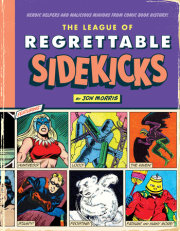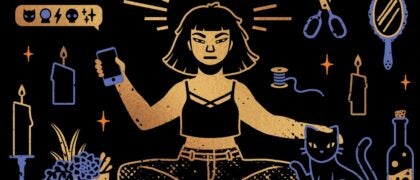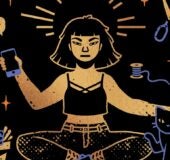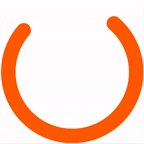Superheroes are big!Contemporary culture has embraced superheroes in a major way. Hardly a month goes by without an announcement about the release of a new blockbuster superhero movie. Superhero television shows are all over the airwaves, with more waiting in the wings. Superheroes populate our video games, advertising, clothing, and collectibles—even home furnishings. You can make your bed with superhero sheets and light your house with superhero lamps.
Perhaps this ubiquity should come as no surprise. When superheroes burst onto the scene almost eighty years ago, they captured the public imagination like nothing before. Bold, distinctive, and sometimes bizarre, the four-color caped crusaders quickly leapt from drugstore comic book racks to newspapers, radio, movie theaters, and television. True, their popularity has had its ups and downs. But however you look at it, brightly colored defenders of right and goodness like Captain America, Superman, Wonder Woman, and Spider-Man have become household names. Even once-obscure characters like the X-Men or Guardians of the Galaxy have achieved silver screen success.
Still, not every Spandex-clad do-gooder manages to make the big time. From the very origins of the genre to the newest digital graphic novels, the family tree of costumed crimefighters includes hundreds of third-stringers and Z-listers: near-misses, almost-weres, mightabeens, nice tries, weirdos, oddballs, freaks, and even the occasional innovative idea that was simply ahead of its time.
In the pages that follow, you’ll meet largely forgotten heroes, those who walked away from their comic book careers without so much as a participation ribbon to show for it. They are some of the most intriguing also-rans in comics history: super-centaurs, crime-fighting kangaroos, modern-day Draculas, shape-changing spaceships, and even an all-powerful disembodied flying eye. We call these second-tier (or lower) superheroes “regrettable,” but it’s important to remember that none of these characters are inherently bad. Sometimes, the only factor that kept them from succeeding was bad timing, an unstable marketplace, or merely being lost in the crowd. There’s not a single character in this book who doesn’t have at least the
potential to be great. All it takes is the perfect combination of creative team and right audience to make even the wildest idea a wild success.
In fact, several members of the League of Regrettable Superheroes have been revived, revamped, reintroduced, or otherwise regifted with a new lease on life. A few are attempting a comeback even now. In comics, there’s always a chance that a seemingly vanished character will come back from extinction. With superheroes becoming more popular with every passing day, you never know when a once-regrettable hero might return and become the next media sensation—or at least find devoted fans among a whole new generation of comics readers.
To count these heroes out and consign them to oblivion without appreciating what they represent—evolving notions of heroism, insights into comics history, and a sampling of fantastic fashion trends in cape-and-cowl ensembles—well, that would be
truly regrettable.
Copyright © 2015 by Jon Morris. All rights reserved. No part of this excerpt may be reproduced or reprinted without permission in writing from the publisher.









